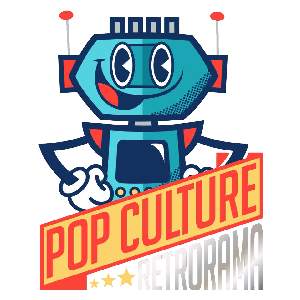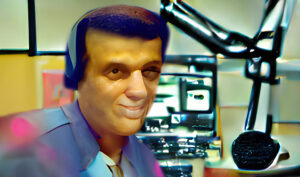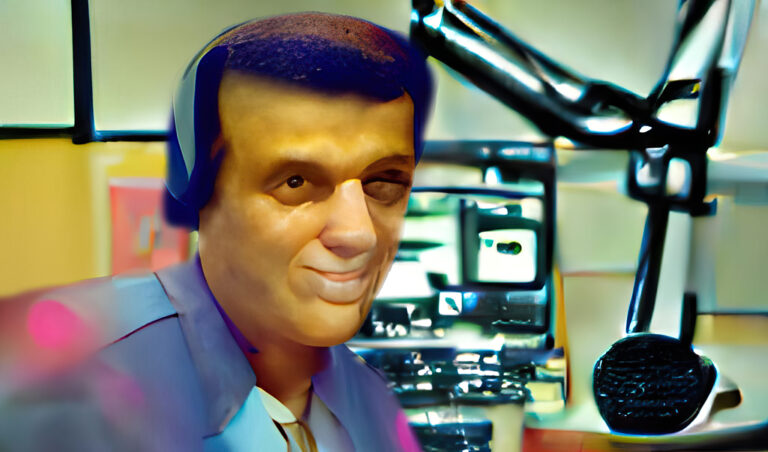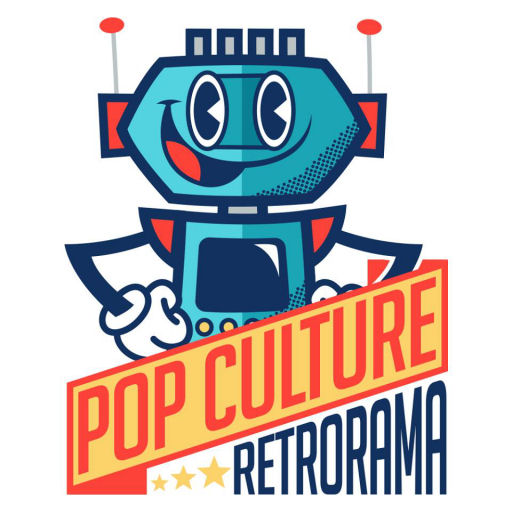It’s hard for me to really point out many TV or film adaptations of the works of Edgar Allan Poe that I actually like. There are some good ones, don’t get me wrong. But at a young age, I was spoiled by an interpretation of Poe’s works that didn’t even rely on the moving image. Naturally, we’re talking about the 1976 debut album of the Alan Parsons Project, Tales Of Mystery And Imagination: Edgar Allan Poe. (Actually the album itself was supposed to be called The Alan Parsons Project, but the tendency to assume that was the name of the assembly of top-notch session musicians meant that the Project was, despite producer Parsons’ intentions, now a band, a band that might even make more albums. Since many more concept albums, often inspired by a literary source, resulted, this is a misinterpretation of which I fully approve.)
Side one consisted of wall-to-wall prog rock readings of Poe’s works, including “The Tell-Tale Heart” and “The Cask Of Amontillado.”
Side two was taken up largely by an orchestral suite with occasional rock interludes, “The Fall Of The House Of Usher” – if nothing else, it was fantastic background music by which to read the text of the story of the same name.
Reinstated in 1987’s CD reissue of the album were short stretches of narration by the late, great Orson Welles, whose voice had also graced the radio spots heralding the album’s release in 1976. Perhaps the album didn’t feature a word-for-word recital of any particular Poe story, but that doesn’t stop it from being an essential for fans of Poe’s work.
And yet, as remaster after reissue landed in my CD player, I felt something was missing. Perhaps… a reinterpretation. Or just the addition of a missing instrument, perhaps? But given that the entire album features an outstanding rock ensemble backed by an orchestra, what could be missing?
An instrument that’s missing from a lot of music, actually: the Blaster Beam. Widely associated with the soundtracks of movies like Star Trek: The Motion Picture, The Black Hole, Meteor, Prophecy, and others, even though all of those uses were preceded by uses of the Beam in TV scores for the likes of The Bionic Woman, Wonder Woman, and even the 1978 attempt at a pilot movie for Doctor Strange. I’ve made a mention or two in podcasts past that the Blaster Beam, with a sound situated somewhere between an electric guitar and the mouth of hell opening up, is a Lovecraftian musical instrument – best deployed for things unknowable and knowledge unattainable. Terrible things need to be accompanied by the sound of the Beam. (Sometimes a theremin just won’t cut it anymore.)
I’d love to have one to play, but I don’t have a steel beam 16 feet long with which to build one, nor do I have a place with enough room to house one (or, in all likelihood, neighbors patient enough to listen it being played). I don’t have the musician most closely associated with the Beam, Craig Huxley, on my speed dial either. But I do have the lovely 3-CD definitive reissue of the Star Trek: The Motion Picture soundtrack from La-La Land Records, of which track 19 on disc three is a little thing called “Beams and Synthesizer for V’ger”. Surely, when the producers of this collection decided to include a track of isolated Blaster Beam, they had to know that someone was going to do exactly what I did – namely, sample the Beam and send it marching into songs where no Beam had gone before.
(I’d link to La-La Land’s soundtrack for The Motion Picture, but like past versions of that soundtrack, it is now sadly out of print. La-La Land does have plenty of other Star Trek music for you, though.)
The result? “The Raven” is now beaming with a little extra darkness and danger.
It just seemed like such a natural thing to do, and you have to admit…the song is just a little bit more delightfully spooky. What other songs might benefit from a little Beam (not of the Jim variety)?




+ There are no comments
Add yours